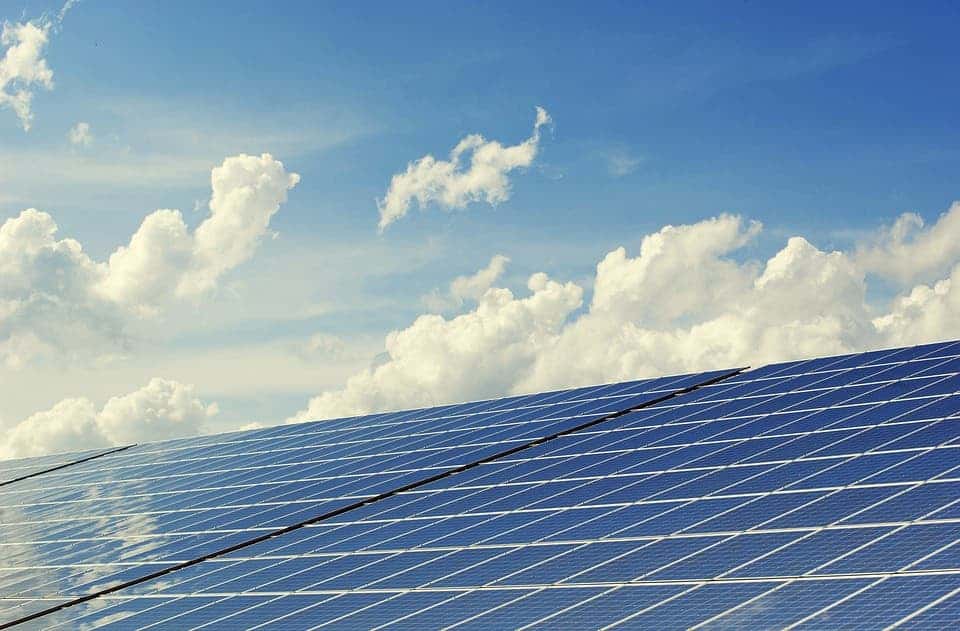
New research conducted by Green Energy Markets (GEM) has revealed that Australia is on target to exceed its renewable energy capacity, despite government claims this ambitious target was unattainable.
“The Coalition’s argument that we can’t go any further than the target they’ve proposed without imposing some kind of huge economic shock and threat to reliability is obviously not true because we’re pretty much already there,” says a GEM statement.
Targets Set at the Paris Climate Conference in 2015
At the Paris Climate Conference in 2015, it was universally acknowledged that anti-global-warming efforts needed to be accelerated. Agreed policies included liming global warming to below a two-degree Celsius rise and helping developing nations to combat climate change. Australia agreed to do its bit by reducing emissions by 26-28%. Shortly after, a leaked report hinted that Australia was not on track to achieve its aims, due to a lack of investment in reducing carbon emissions.
Experts looked at the government’s policies and concluded there was no way the targets were attainable. The 2016 Finkel Review looked at long-term energy direction and reported there was no clear-cut plan beyond 2020. Finkel warned that the government needed to act fast if rising electricity prices were to be reined in.
Ambitions RET was Scrapped in 2016
The government backtracked on its plans and scrapped its ambitious Renewable Energy Target (RET), replacing it with a new RET. Yet despite the doom and gloom back in 2016, a recent study carried out by GEM has revealed that Australia will almost certainly exceed its targets.
The Increasing Importance of Renewable Energy
Renewable energy is an important part of Australia’s climate change policy. Australia currently has an operation capacity of 2020 GWh, but with 2000 GWh contracted and under construction, and a further 1050 MW delivered from the Victorian and Queensland Government auctions, the renewable sector is far stronger than previously projections indicated.
Energy generated by photovoltaic panels and wind turbines now accounts for 19.7% of energy generated in Australia. That is enough power for 8.7 million Australian homes. Take-up of rooftop PV solar panels is high and continues to grow. Installation of PV panels is 50% more than previously projections modeled in the National Energy Guarantee (NEG). However, the biggest output comes from hydroelectricity (40%), followed by wind turbines (31%). Only 2% of renewable energy is generated by large-scale solar farms, so with greater investment from government and the private sector, day trading experts predict the sector is in a growth phase.
Consequently, Green Energy Markets is calling for the government to strengthen its emission reduction target since renewable energy generation is rising far faster than previously predicted.
However, despite great progress in Australia’s renewable energy sector, there is still a significant shortfall in CO2 reduction and the NEG is unlikely to deliver a meaningful emissions reduction benefit. According to Green Energy Markets, the government has very few options in place to reduce carbon emissions before 2030.






